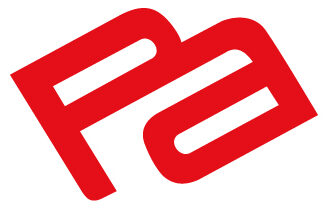September 5, 2023
Jose Miguel Ortiz
Mining Development Manager
In a world where the constant search for efficiency and performance seems to dictate the rules, it is crucial to stop and reflect on an aspect that is little talked about in the mining industry: the law of our copper.
For several years, the optimization of production at sites and compliance with environmental standards have been recurring themes in the sector, orienting the challenges in recent years towards the search for solutions. This has resulted in more efficient mining processes and greater awareness of both occupational safety and environmental issues.
In this context, ore grade emerges as a crucial factor in understanding and addressing copper production. It should be remembered that this regulation is not simply limited to the amount of fine copper in a deposit, but goes further, involving the quality of the material extracted from the earth.
It is essential to recognize that the mineral grade is not just a number in a spreadsheet; It represents a fundamental indicator of the viability and profitability of a mining project. It acts as a parameter that signals how much copper can be extracted from a given number of ore. A lower ore grade means processing a greater amount of ore to obtain the same amount of fine copper, which in turn increases operating costs, energy expenses and the resources involved in extraction and processing increase considerably with lower ore grades, negatively impacting the profitability of mining operations.
Take the example of Codelco, the world’s leading copper producer. In its 2002 Report, the company warns of the challenge posed by the decrease in ore grades in its deposits. As mines age and become deeper, the ore grade being mined decreases, resulting in lower production yield. This lower concentration of copper has been identified as one of the main reasons behind the reduction in Codelco production. This case highlights the importance of considering both the quantity and quality of the ore extracted to ensure the sustainability of production.
In addition to Codelco, other companies have also had to modify their processes to ensure the extraction of a quality product. Methods such as system automation and advanced control, advanced flotation and selective leaching techniques, ventilation systems, among others, have allowed to maintain productivity in line with the evaluation of the material.
The amount of copper in a deposit is undoubtedly a key factor, but it should not be considered in isolation from its quality. The mineral law has a direct impact on the efficiency of extraction processes and the economic viability of projects. Although technology and innovation have made it possible to exploit deposits with lower ore grades, it is crucial to recognize that there is a limit to compensating for this decline.
That is why today the challenge must address two aspects: the production and the quality of the extracted product. Investing in new technologies ensures sustainability and continued success in the copper mining industry.
